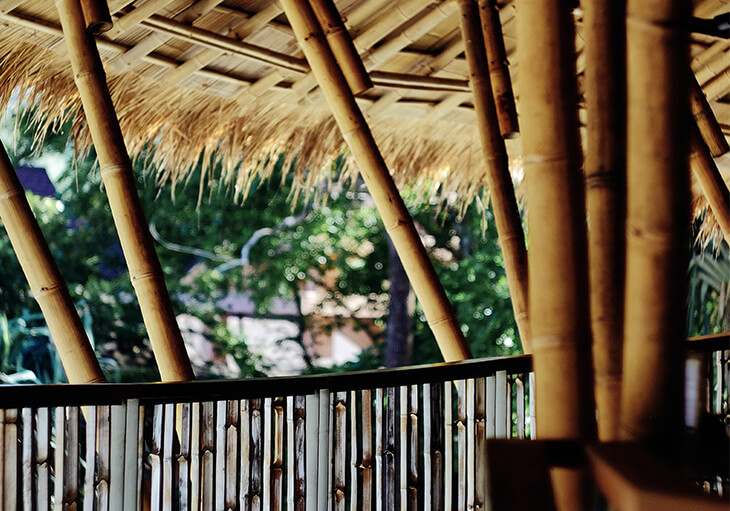
Green Architecture & Bamboo: The ideal material
Humans have been using renewable materials to build shelters for centuries, but then stone, brick and reinforced concrete came to dominate the landscape. Timber is still widely used, but is slow to renew. So, to keep apace of demand we fall back to mining for building materials and using up a lot of energy in the process. This approach to construction is putting pressure on resources and effecting the planet’s eco-system.
How do we achieve sustainable construction?
We need to invest in research into the use of easily renewable or ‘green raw materials’. Going ‘green’ is about growing our own ingredients for the interior and exterior of buildings. As Professor Dirk E. Hebel of Karlsruhe Institute of Technology in Germany explains: “We need to shift from a mining ideology to a kind of cultivating ideology – cultivating in the sense that we are moving towards the idea of growing our own construction materials.”
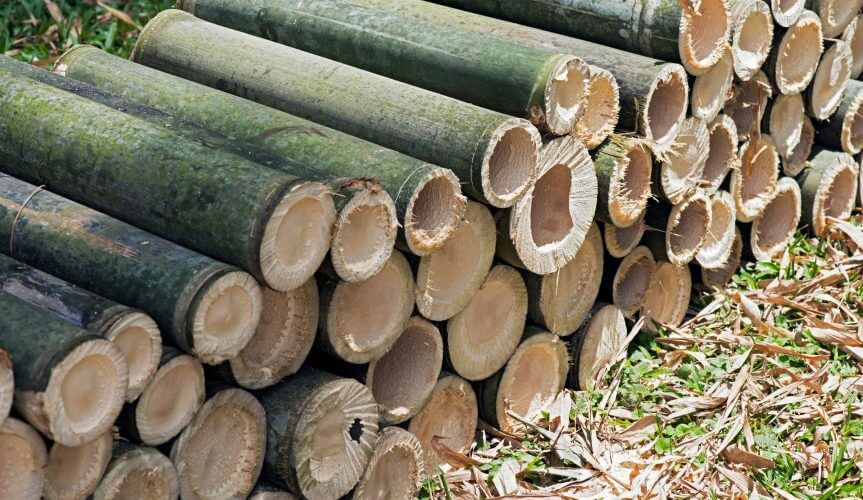
Learning to use a material such as giant Guadua bamboo provides us with an opportunity to do just that. This bamboo species [Guadua angustifolia Kunth] is native to South America and is commonly grown for lumber in Colombia.
Guadua bamboo grows tall, averaging 5-6 metres tall (20ft) after around 5 years. The culms, or stems, have thick walls with a large inner cell structure and thick growth joints (nodes). This wall structure provides elasticity to the bamboo and helps the uptake of treatments to prevent mould and insect damage.
With its favourable yield, Guadua bamboo is already being used to produce green construction materials such as these laminated bamboo planks.
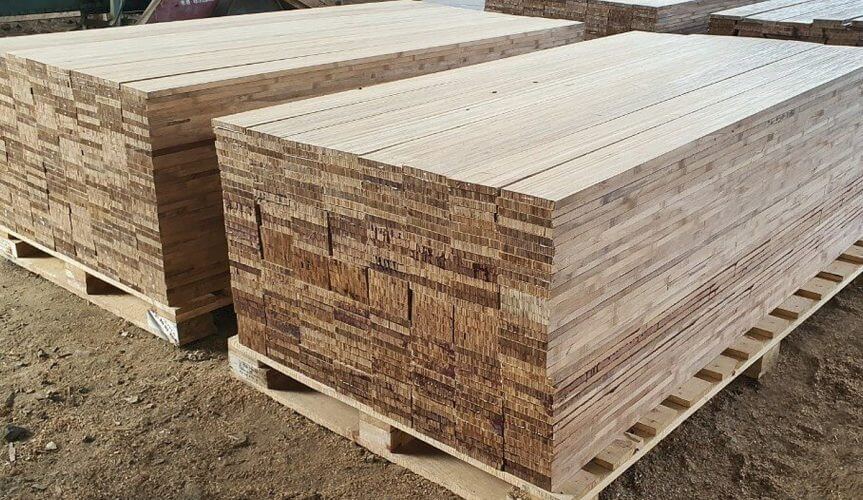
Innovative building solutions using materials such as Guadua require continued research into their physical and mechanical properties. Experiments carried out by colleagues at Colombia University in 2014 reported that the “experimental results also indicate that Glued Laminated Guadua possesses considerably higher strength and comparable stiffness than those of engineered timbers commonly used in the United States and, therefore, has a great potential for its use in light frame construction.”*
Putting green materials at the top of the list

There are currently around 600 green-build rating systems around the world. These include BREEAM in the UK, LEED in the US (outlined in the infographic above), Passivhaus and DGNB in Germany. These provide principles of sustainable building to developers with measurable benchmarking. They all champion the use of environmentally preferable materials. This sends a strong message to both architects and developers. If they want their project to succeed and achieve certification for greenness, they must include renewable materials.
What bamboo structures can we learn from?
Using ancient techniques that have developed alongside renewable materials gives us the opportunity to learn and adapt for future structures. For example, these basic bamboo bridges use bundles of bamboo poles joined together.

More sophisticated bridges use a variety of bent poles, cross-beams and joins, which all help to transfer the load equally down to the foundations. Learning how to span a gap helps when creating roofs too.
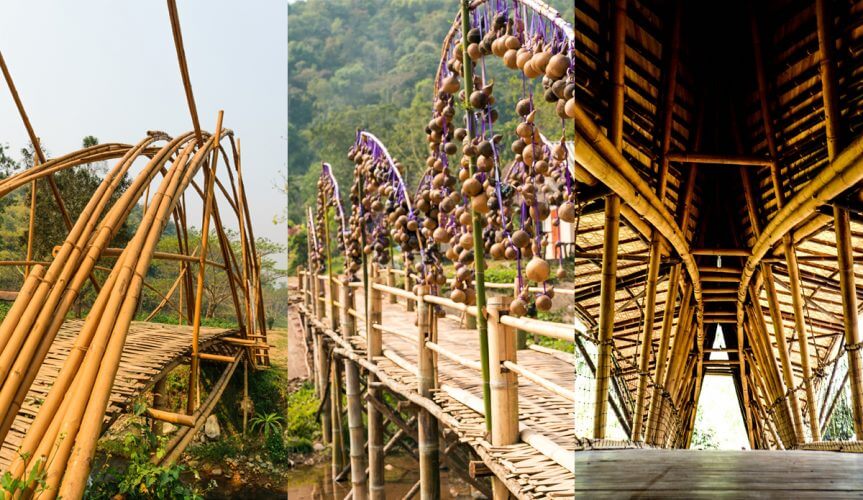
Vaulted ceilings are easy enough to create in timber, however with bamboo the joins are more tricky.
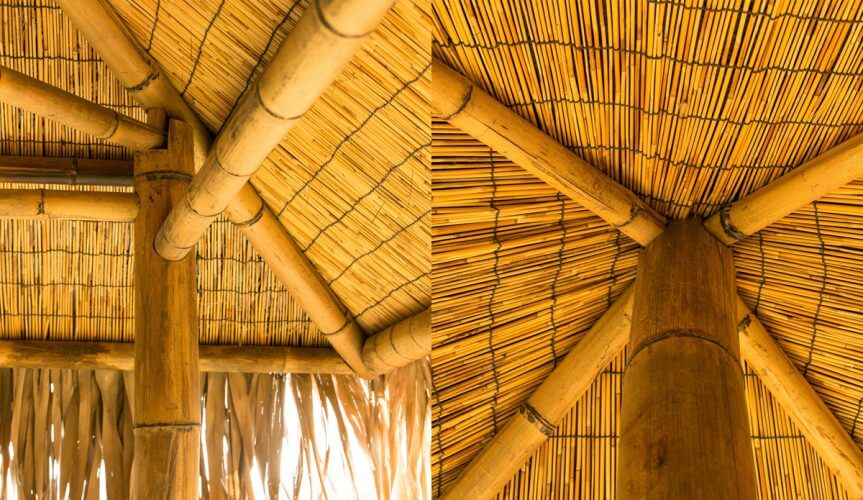
^ Square peg into a round hole – the challenge of mastering a green material
Professor Hebel says of bamboo in architecture: “We are just at the start of this research. This is a natural material and that means new standards and new ideas about how to calculate the engineering of such materials, how to calculate the geometry of these shapes, will need to be developed. You cannot simply recreate the same shape as the steel. Everything needs to be revisited, recalculated, re-engineered. And that takes time.”**
Bamboo is just one of the vital crops for building greener. If we can extend our knowledge of natural materials such as this, through continued research and trial in the real world then we can surely discover a more sustainable future in construction.
Test material:
If you are an academic institution or business interested in testing Guadua bamboo, then please visit our Guadua bamboo poles page to order a bundle.
References:
